Hay Fever in Japan: Tips to Recognize and Alleviate It

Hay fever affects many people in Japan in early spring. The reason is believed to be the increased levels of cedar pollen in the atmosphere. We introduce tips on how to recognize and deal with hay fever.
Hay Fever Season in Japan
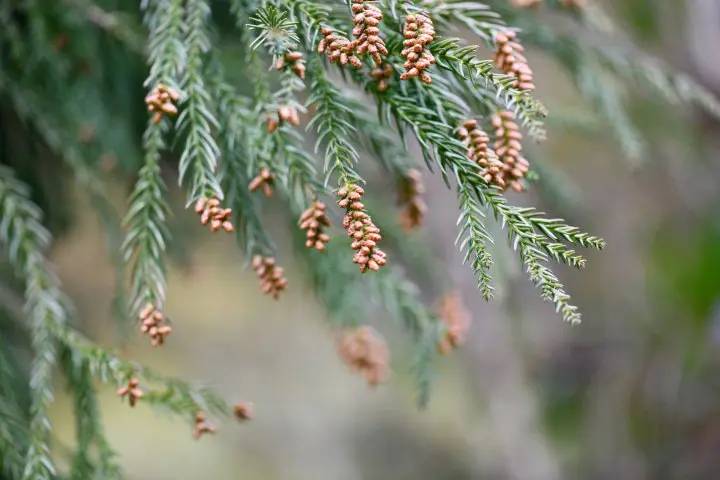
Photo by Pixta
Hay fever, called "kafunsho" in Japanese, can be a debilitating condition for many people in Japan in spring. Pink-filled vistas and joyous cherry blossom viewings are often accompanied by itchy eyes and sneezing. The number of people affected by this chronic form of pollen allergy has been steadily on the rise since the 1980s. It is believed that, currently, one out of five people is affected by hay fever.
The reason behind early spring hay fever in Japan is thought to be the forests of Japanese cedar. There was an increased demand for lumber to help the nation rebuild after World War II so cedars were planted at a rapid pace. Usually, official warnings are issued around early February when the concentration of cedar pollen in the air reaches critical levels.
Hay Fever Symptoms and How to Deal With Them
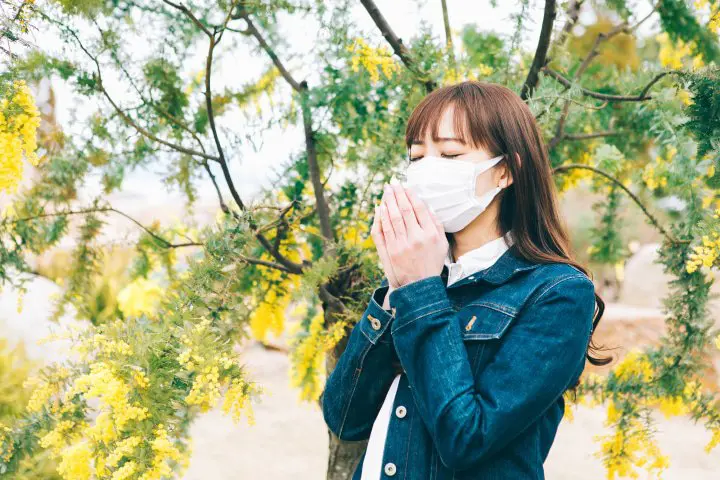
Photo by Pixta
The most common symptoms of hay fever are:
-
- itchy and runny nose, or nose congestion
- sneezing
- watery red eyes
Dealing with hay fever can be difficult but there are a few simple steps you can take.
1. Check the Levels of Pollen in the Air
Many websites such as tenki.jp and others keep a real-time track of the pollen levels in spring. This can help you plan errands and engagements around days with high pollen levels and take the appropriate steps.
2. Wear a Mask
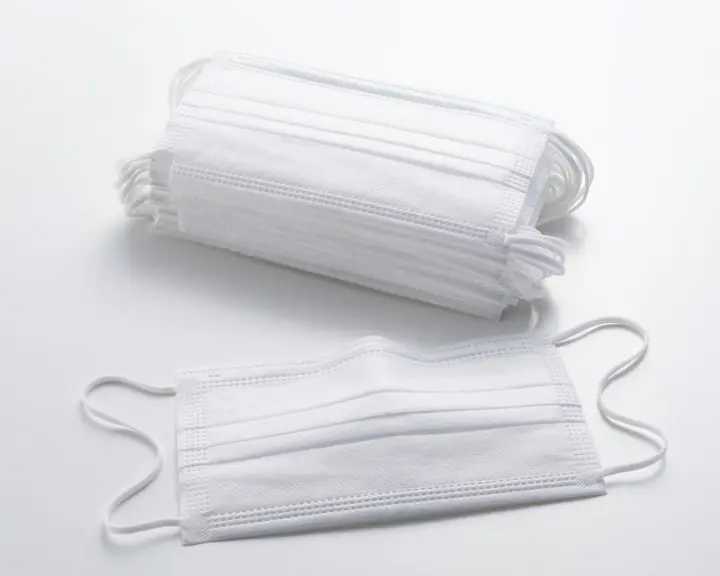
Photo by Pixta
Masks help in filtering the air you breathe to some extent. Try to use masks that block pollen from reaching your nasal passages. PM 2.5 masks are thought to be especially effective against pollen.
3. Use Protective Eyewear
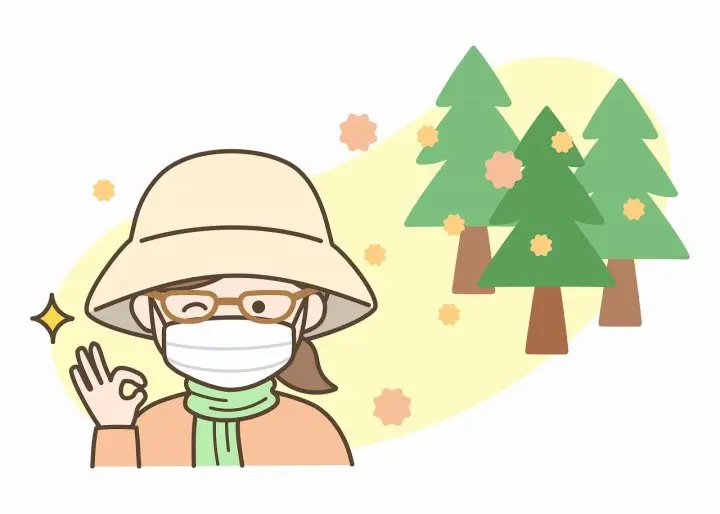
Photo by Pixta
Protective eyewear can also help relieve irritation. Ask the staff at Bic Camera, JINS, or Zoff for recommended products.
4. Wear Fabrics That Don't Attract Pollen
Smooth cotton and synthetic fabrics are less prone to attracting pollen. Keep them in mind for a spring wardrobe and remember to change out of your clothes right after returning home.
5. Consult a Doctor About Further Steps
If the symptoms are severe, we strongly recommend you consult a doctor. They can prescribe proper medication or eye drops that can alleviate the symptoms. If your allergy is chronic then it might be best to see a doctor at least two months in advance and start your treatment before the pollen season begins.
Please Show Consideration to Those Affected by Hay Fever
If you're not affected, it can be easy to mistake hay fever symptoms for the flu or some other disease. Please be considerate toward those affected by hay fever and do not overreact.
Read also
Main image by Pixta
Travel writer and assistant editor at MATCHA with extensive travel around the Osaka, Kyoto, and Wakayama areas. A Kansai insider who knows their Akashiyaki from their Takoyaki, Iain enjoys getting authentic stories from traditional craftspeople and interesting creators. Particularly fond of temples and shrines, Iain delves deep into the crossroads of tradition and modernity in his eight-plus years living and writing about Japan.



















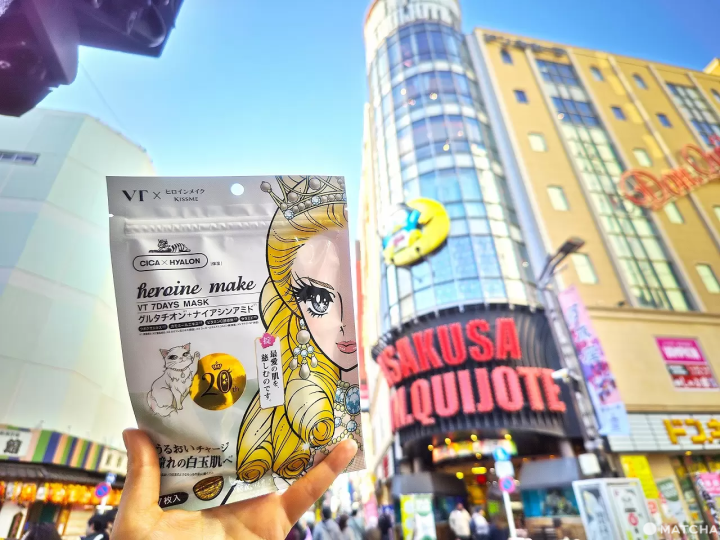
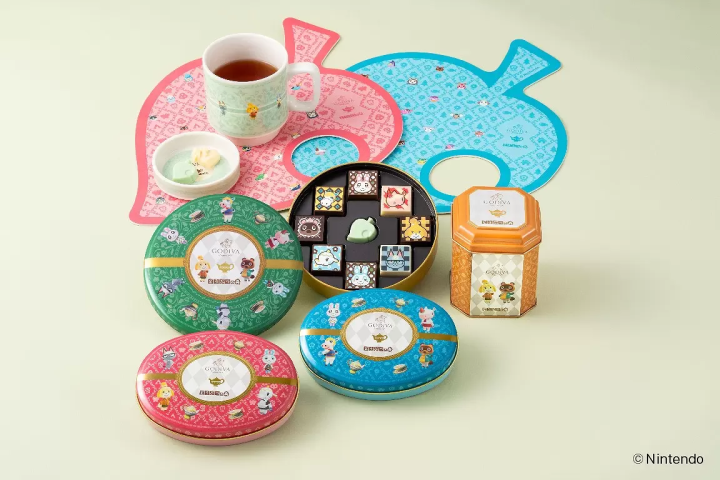










![[Coupon Available] Recommended Fall/Winter Wear from Scandinavian Brand "Helly Hansen"](https://resources.matcha-jp.com/resize/720x2000/2025/12/15-252920.webp)
![Deep dive into Japanese brands! A tour of famous leather shoe stores with GENSEI & Nin [Otsuka Shoes Edition]](https://resources.matcha-jp.com/resize/720x2000/2025/12/15-252972.webp)